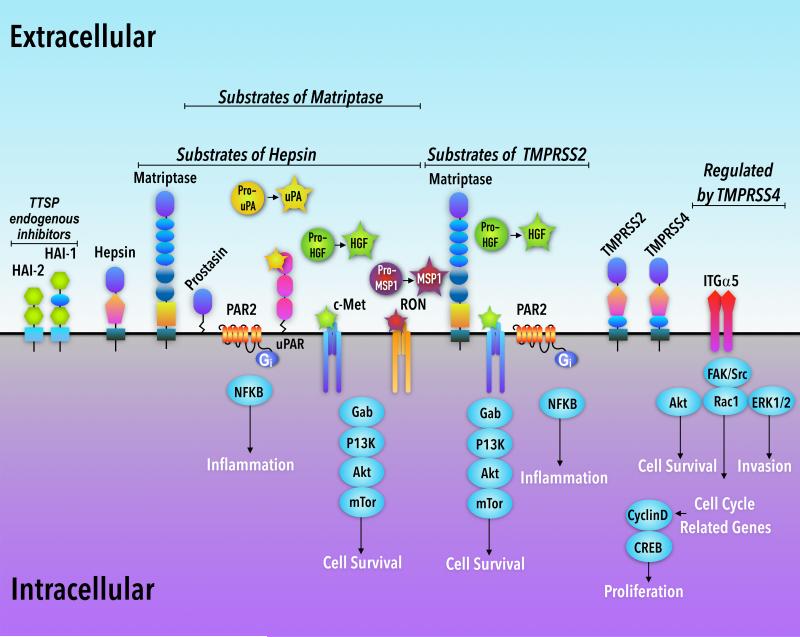Figure 1. Proposed pro-oncogenic signaling pathways for TTSPs, matriptase, hepsin, TMPRSS2, and TMPRSS4.
The HGF/c-Met cell survival pathway is activated by matriptase, hepsin, and TMPRSS2. Similarly, matriptase and hepsin are able to cleave and activate pro-MSP-1, and pro-uPA, and activate RON, and bind to uPAR receptors, respectively. The PAR-2/NFκB pathway is activated by matriptase and TMPRSS2. TMPRSS4 is associated with signaling through the ITG-α5 pathway. Other substrates of matriptase include CDCP1/TRASK/SIMA135 (not shown) and PDGF-D (not shown) and prostasin. Matriptase was also shown to be a substrate of both hepsin and TMPRSS2. HAI-1 and HAI-2 are cell-surface endogenous inhibitors of both matriptase and hepsin

